Imagine the sound of bamboo leaves rustling in a gentle breeze, the hollow canes knocking together with soft percussion. Your imagination might also add a refreshing waterfall pouring into a tranquil lagoon. Such is the picture of an idyllic bamboo grove, flourishing in a tropical setting. But for lowland African bamboo, or Oxytenanthera abyssinica, the natural domain falls far afield from these humid habitats.
Oxytenanthera abyssinica, or African Lowland Bamboo, is one of a handful of bamboo species native to sub-Saharan Africa. Its native habitat extends from Senegal in the west to Ethiopia in the east and all the way to South Africa. This clumping species is classified as a tropical bamboo, but it thrives in arid climates including the African savannah and the Sahel region that borders the Sahara Desert. The plant has tremendous potential for habitat restoration and practical uses.
This article — first published in spring 2022 and most recently updated in March 2024 — is part of an ongoing series about different species and cultivars of bamboo. To learn more, check out some of these other detailed articles.
- BAMBOO SPECIES GUIDE
- A gallery of bamboo species
- Bambusa malingensis: Seabreeze Bamboo
- Bambusa oldhamii
- Black Bamboo: Phyllostachys nigra and others
- Buddha’s Belly Bamboo
- Chimonobambusa quadrangularis: Square Bamboo
- Golden Bamboo: Phyllostachys aurea and others
- Hiroshima Bamboo
- Pseudosasa amabilis: Tonkin Bamboo
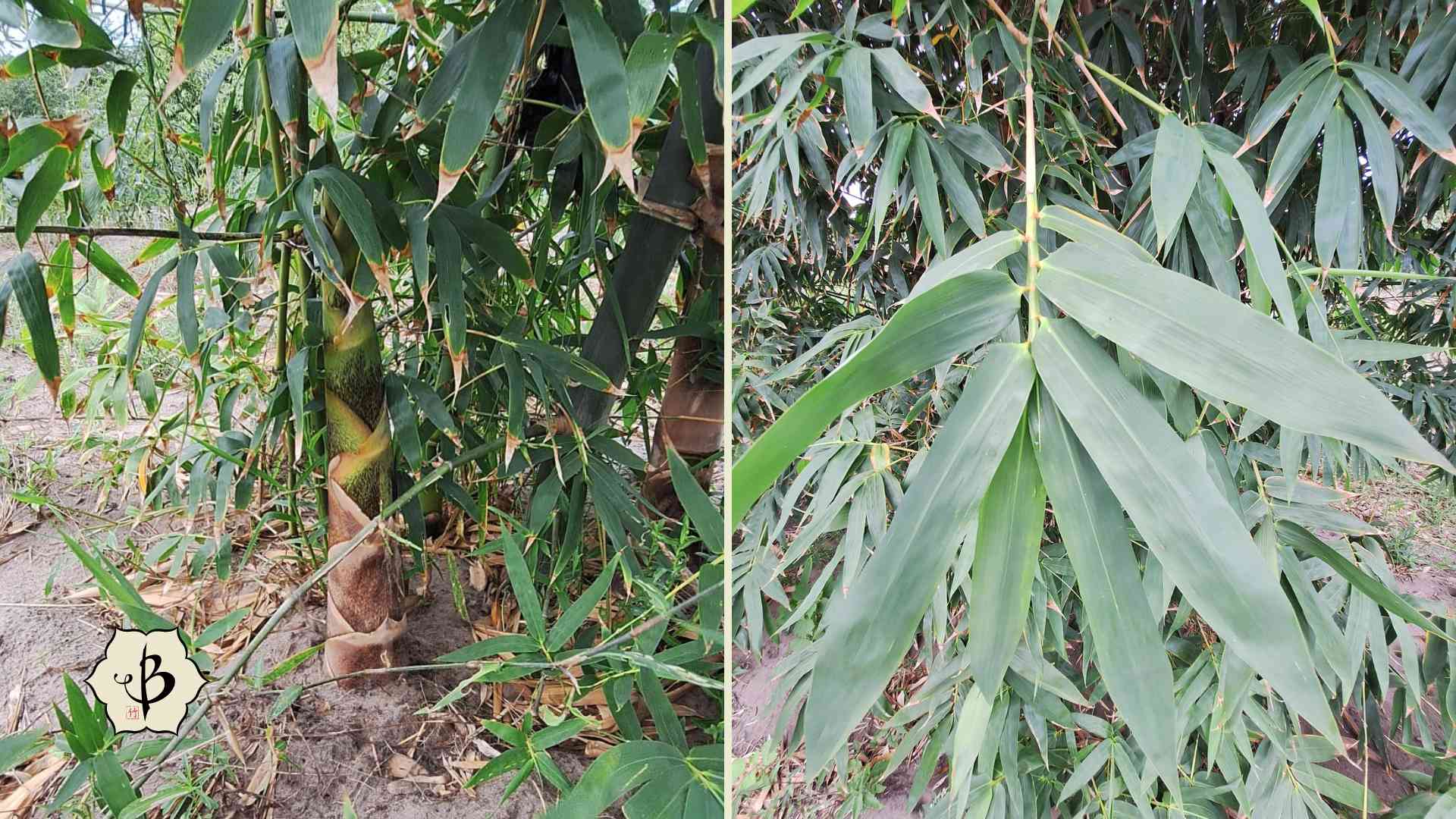
Distribution of Oxytenanthera abyssinica: Pan-African bamboo
Oxytenanthera abyssinica, also called African lowland bamboo or Savannah Bamboo, is native to the lower elevations and drier regions of sub-Saharan Africa. The species is especially common in Ethiopia and takes its appellation from that country’s historic name, Abyssinia.
Ethiopia has more endemic bamboo than any other nation in Africa. Here, O. abyssinica and Yushania alpina, or African highland bamboo, cover a combined area of nearly 1.5 million hectares.
Lowland bamboo grows throughout the continent of Africa, from the southern edge of the Sahara all the way to South Africa. It grows most commonly in the savannah and the drier regions outside of the tropical forests.
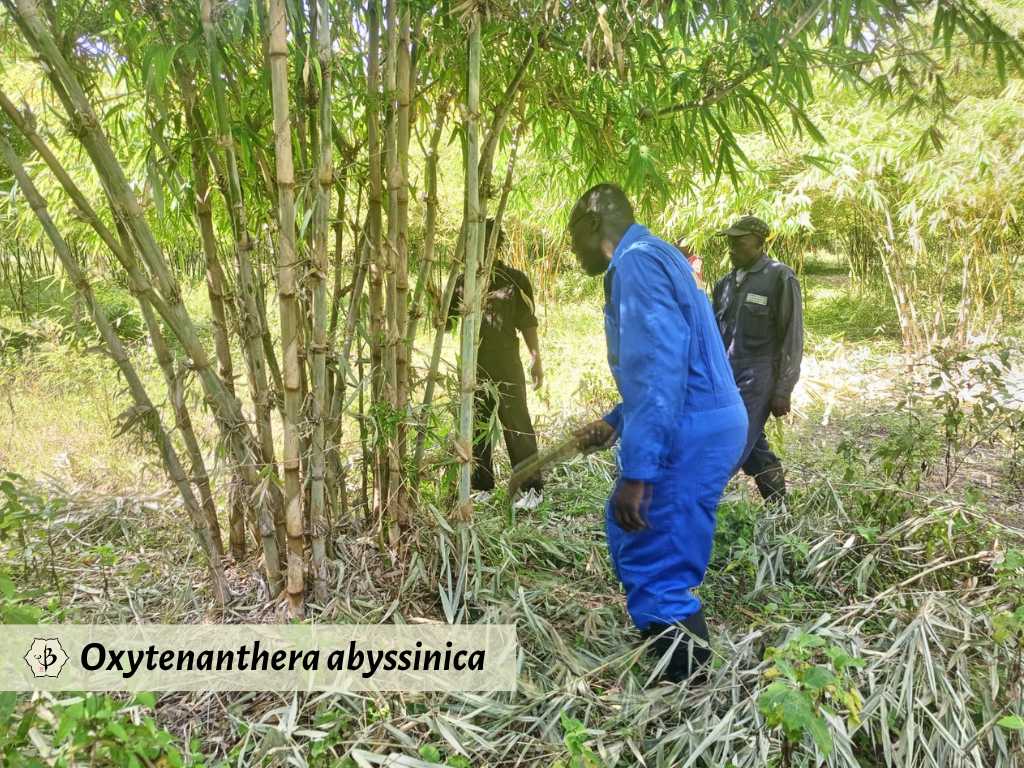
In spring 2022, researchers in Nigeria identified previously uncharted groves of O. abyssinica in the country’s northeastern state of Yobe. The area is part of an important region called the Sahel, which serves as a buffer zone between the Sahara Desert and the grassy savannahs.
As the Sahara encroaches southward in a phenomenon known as desertification, this delicate habit is disappearing and communities are losing valuable farmland. While Climate Change and other human activities have accelerated the rate of desertification, lowland bamboo plays a vital role in preserving the sensitive, arid landscape. Such drought-tolerant vegetation is critical in preventing the grasslands from turning to dust.
Characteristics of Oxytenanthera abyssinica
Something of an outlier in the bamboo family, O. abyssinica is the solitary member of the genus Oxytenanthera. It belongs to the tropical bamboo tribe, Bambuseae. The classification has more to do with the plant’s growth habit than its habitat. It is a clumping bamboo, rather than a runner.
Savannah bamboo doesn’t exactly need a tropical habitat to survive. The species is not cold-hardy, but it is extremely drought-tolerant. It thrives in the dry savannahs where few other species of grass and tree can survive.
Conserving their limited supply of water, clumps of O. abyssinica remain dense and compact, with sparse foliage. Branches tend to be short and stubby, so the few leaves are clustered tightly together around the nodal joints. In the Sahel, the plants usually grow no more than 8 or 10 feet tall. In areas with greater precipitation, the plants will grow taller and produce more leaves.
The culms generally grow up to an inch or two in diameter and are nearly solid, rather than hollow like most bamboo varieties. The inner core of the culm is soft and pulpy, containing a sweet juice. Locals have a tradition of collecting and fermenting this juice to produce an alcoholic beverage called Ulanzi. (See below.)
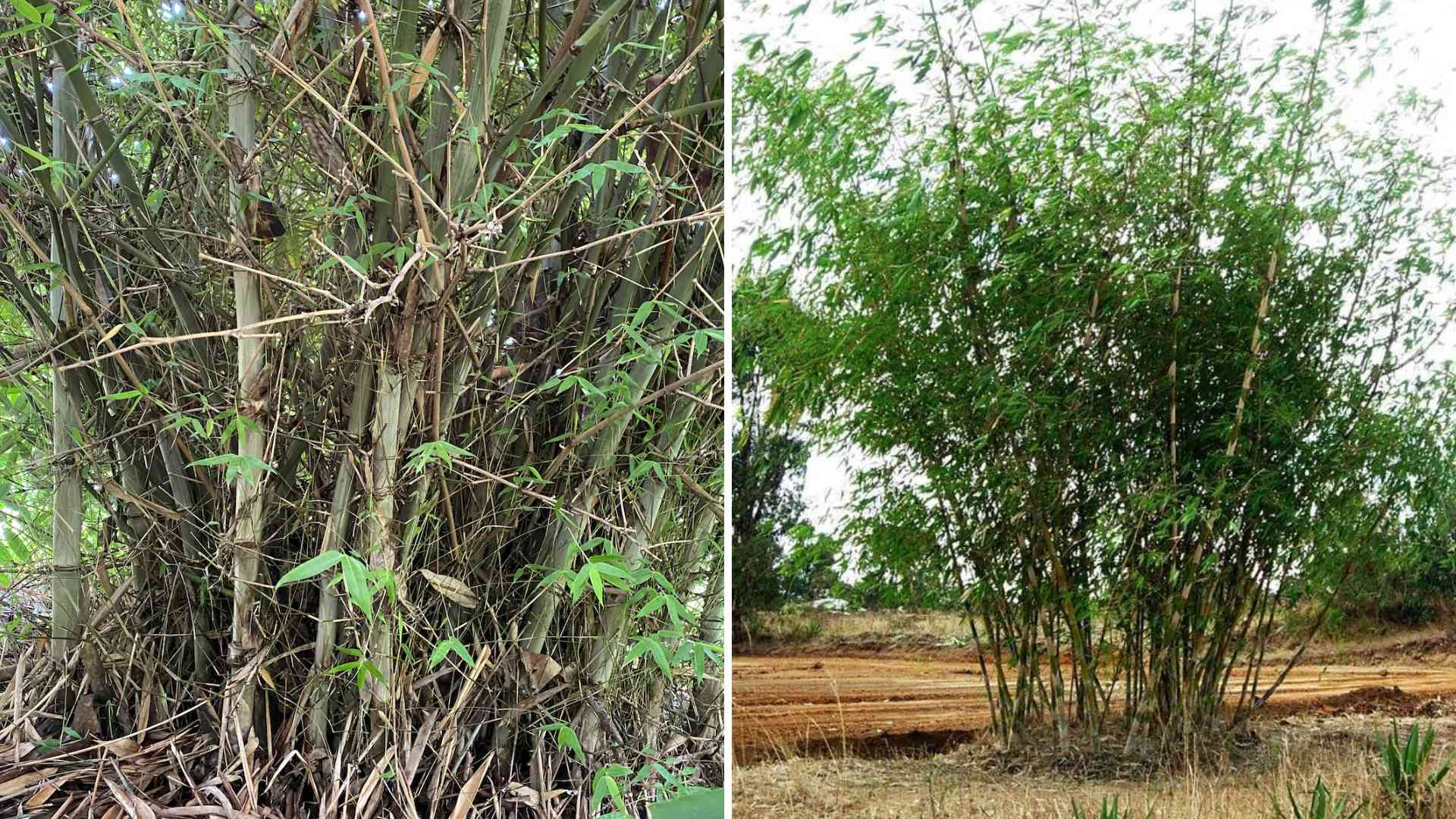
Flowering cycles of O. abyssinica
Various sources describe the flowering cycles of O. abyssinica differently. But the general consensus is that Lowland Bamboo flowers much more frequently than most bamboo species. Most of the literature refers to a period of around 7 to 20 years, but it’s not clear whether the flowering takes place sporadically or gregariously, that is, at random times or with all the plants blooming at once. (See our article on Bamboo Flowering.)
In the photos I’ve seen from Nigeria from 2022, the species appeared to be in flower. Also, from the close distribution of plants, it appears as if the flowering and casting of seeds may be the most important means of self-propagation for this species. Among bamboos, that is rather unusual.
It’s also unclear whether the plants are monocarpic (i.e., dying after they go to flower). Most reports suggest that the clumps die back after flowering, but then recover and continue to produce more shoots.
Practical uses for African Lowland Bamboo: Ulanzi and utility
Unlike some of the more massive varieties of timber bamboo, it’s easy to discount O. abyssinica as an inconsequential shrub of the savannah. But like other woody bamboos, this species has a wide range of uses. The strong and almost solid canes of this bamboo are useful for light crafts and furniture making. They can be split into strips and woven into baskets and other products.
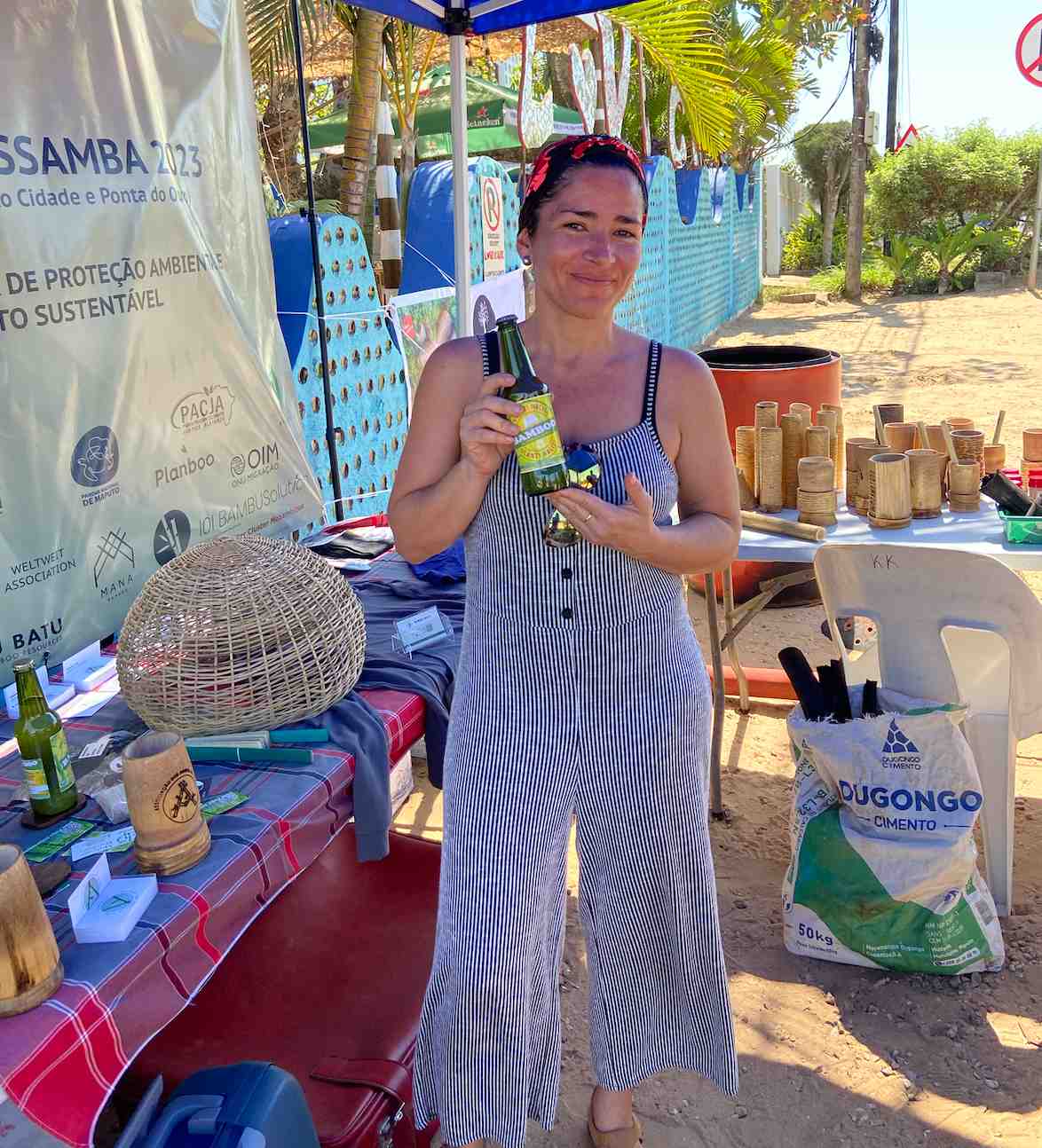
The fresh shoots of this species are also edible, and there’s a tradition in Africa of extracting the juice and fermenting it into an alcoholic beverage. In Tanzania, for example, the sap is collected during the rainy season, then fermented and turned into a tasty bamboo brew called Ulanzi.
One of the most important applications of bamboo in Africa is for making charcoal. Though it’s not the highest-value item to make from bamboo, charcoal remains very important in Africa for cooking and heating. And the vast majority of charcoal comes from trees, making it a major contributor to deforestation. Increased reliance on renewable, fast-growing, native bamboo for charcoal could take huge pressure off of Africa’s already endangered forestry resources.

Last but not least, this drought-tolerant bamboo can serve as a vital tool in restoring degraded landscapes. Deforestation, desertification, and mining have rendered many areas of Africa unsuitable for farming. Planting hardy species like native bamboo can help bring these compromised regions back to life. As bamboo regains a foothold, it can help to build the topsoil, prevent erosion, and allow other species to recover. As this happens, the greenery can even attract more rainfall to the region, creating healthier conditions for plants and humans alike.
Expand your awareness
The world of bamboo is vast, varied, and full of surprises. If you enjoy digging deep into the science of bamboo, you might appreciate these other detailed articles.
- Bamboo in Africa
- Triple hybrid bamboo
- Micro tissue propagation with bamboo
- Bamboo for strength and integrity
FEATURE IMAGE: Oxytenanthera abyssinica grows wild in the arid Sahel region of northern Nigeria.

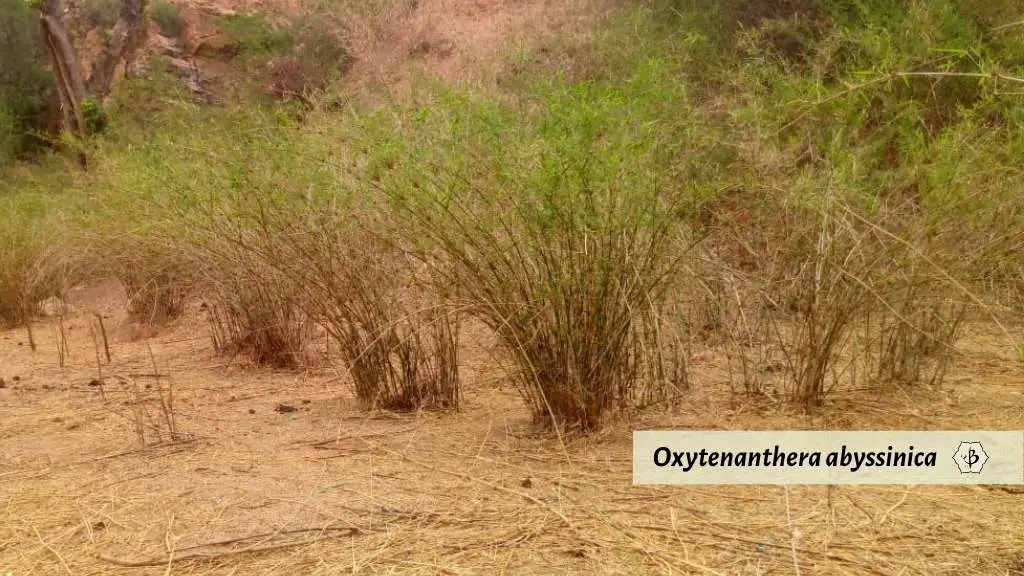
























Helpful article,l have really helped and encouraged to research more on bamboo
Where can I find this plant in the US!?
Outside of Africa, it’s not easy to find. There was a bamboo nursery in El Centro, California, run by Christian Lydick, specializing in drought-tolerant bamboo.